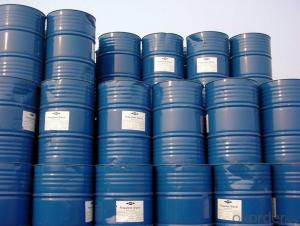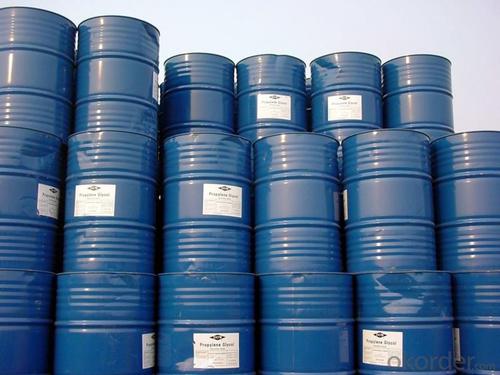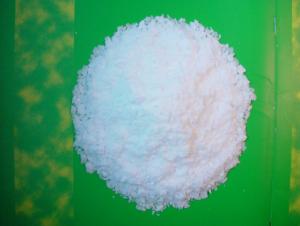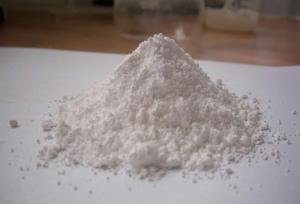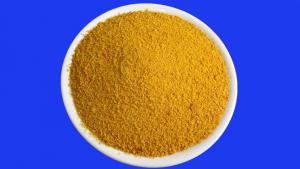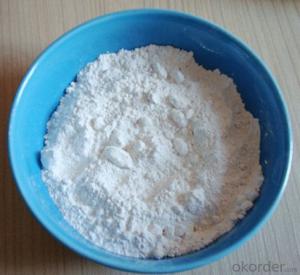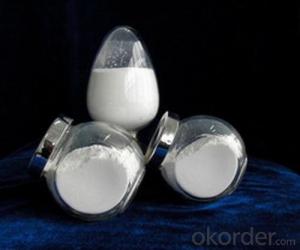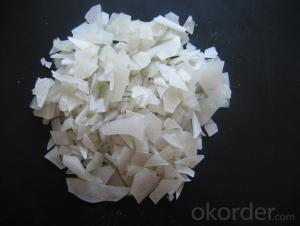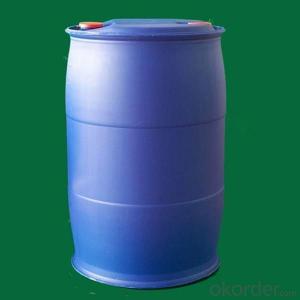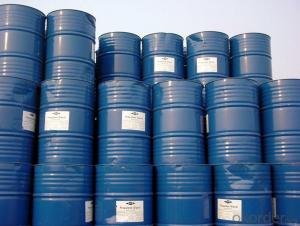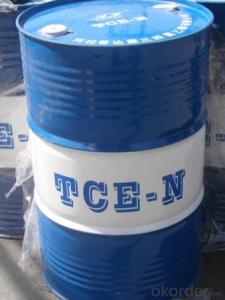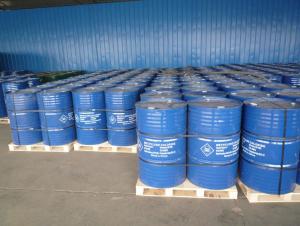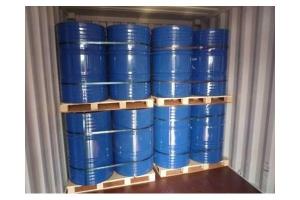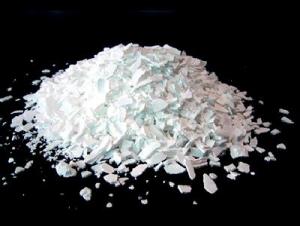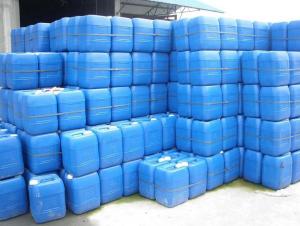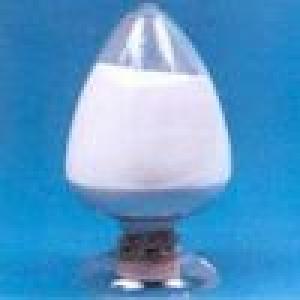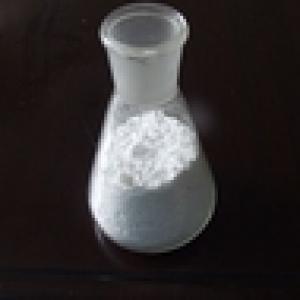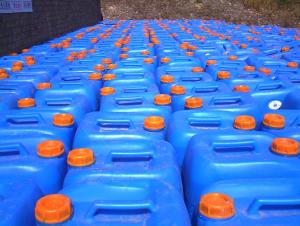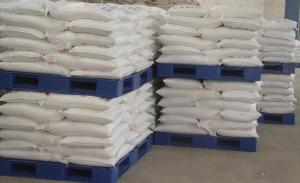Best Quality of Methylen Chloride
- Loading Port:
- China Main Port
- Payment Terms:
- TT OR LC
- Min Order Qty:
- -
- Supply Capability:
- -
OKorder Service Pledge
Quality Product, Order Online Tracking, Timely Delivery
OKorder Financial Service
Credit Rating, Credit Services, Credit Purchasing
You Might Also Like
Packaging & Delivery
| Packaging Detail: | in 250kg drum |
| Delivery Detail: | 20 days after recerived the advanced payment |
Specifications
dichloromethane methylene chloride
methylene chloride MF:CH2Cl2
3)form:liquid
4)methylene dichloride
- Q: Inorganic salt function
- The various inorganic salts dissolved in the cells have a certain total concentration, such as human body fluid concentration of 0.9%, frogs of 0.65%, which for maintaining cell osmotic pressure, so that cells maintain a certain shape has an important role, too high or Too low will lead to cell due to water or dehydration to change the cell morphology. There are also a number of buffering systems in the body, which are a group which has a neutralizing effect on the added acid or base so that the pH does not change significantly and therefore plays an important role in maintaining the acid-base balance of the cells.
- Q: Is sulfur simple?
- Yes, the elemental sulfur is commonly known as sulfur, which is a definition.
- Q: Does the inorganic salt affect the gpc molecular weight results?
- GPC determination of molecular weight through the column when the molecular size of the molecular peak, the molecular weight of the early comparison of the peak, that is relatively large molecules in the GPC pillars can not pass, pass the molecules were detected out of the peak, This molecular weight is not absolute, since the GPC determination is actually the size of the molecule rather than the size of the molecule, and of course it is also possible to approximate the molecular weight of the molecular weight of the molecule. Large; exactly how their relationship, with GPC can not be determined, only through the standard liquid molecular weight to compare, this result is relative, not absolute.
- Q: What is the lack of inorganic salts for children?
- Children in the rapid development of the physical stage of the body, zinc consumption is very large, add must keep up, eat more fish and eggs, but not excessive.
- Q: What substances can detect inorganic salts
- Looks like, a lot of inorganic salt ah, this, I suggest you clear the concept of inorganic salt under you.
- Q: Inorganic salts are not nutritious
- Nutritional substances are sugar protein fat three nutrients
- Q: A. oxygen demanding wastesB. organic plant nutrientsC. inorganic plant nutrientsD. water soluble inorganic chemicalsE. sediment
- Acids, D. water soluble inorganic chemicals salts, D. water soluble inorganic chemicals metals E. sediment
- Q: What are the nutritional requirements for bacterial growth?
- For inorganic salts: bacteria need a variety of inorganic salts to provide a variety of elements of bacterial growth, which requires the concentration of 10.3 ~ 10.4mol / L elements for the common elements, the need for concentration in the
- Q: As if there are two kinds of nitrogen, phosphorus and potassium, hoping to get answers and explain their respective roles
- According to the study, three essential conditions for determining the essential nutrient elements of the plant are: (1) This element is essential for the vegetative growth and reproductive growth of the plant. When it is completely absent, the plant can not complete its life cycle; The need for such elements is specific, other elements can not replace its role, the lack of plants will be a special lack of symptoms, only to meet this element, the symptoms will be eliminated; ⑧ this element must be in the plant from the body Direct effect, not just to improve the plant growth environment indirect role.
- Q: What is the largest oxide of oxygen content?
- [Oxygen content of the largest oxide] is hydrogen peroxide, the formula: H2O2; oxygen content of the mass fraction of 94.1%.
Send your message to us
Best Quality of Methylen Chloride
- Loading Port:
- China Main Port
- Payment Terms:
- TT OR LC
- Min Order Qty:
- -
- Supply Capability:
- -
OKorder Service Pledge
Quality Product, Order Online Tracking, Timely Delivery
OKorder Financial Service
Credit Rating, Credit Services, Credit Purchasing
Similar products
Hot products
Hot Searches
Related keywords
